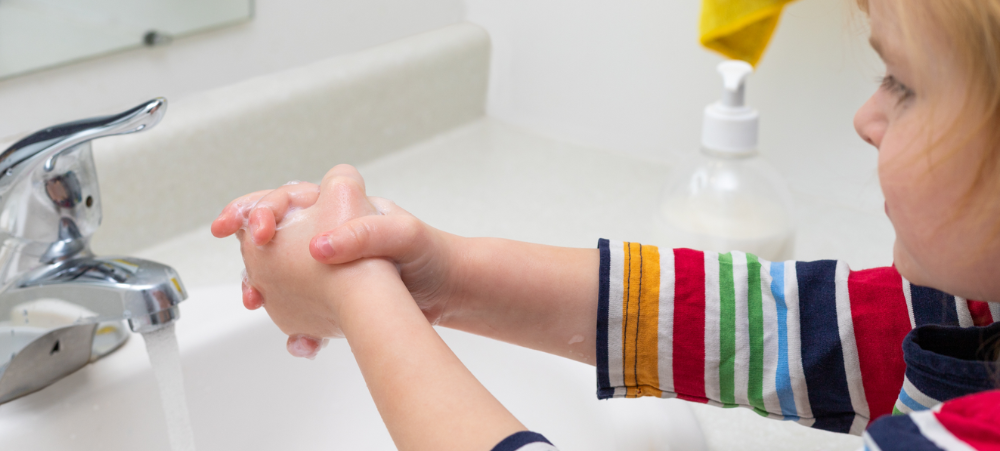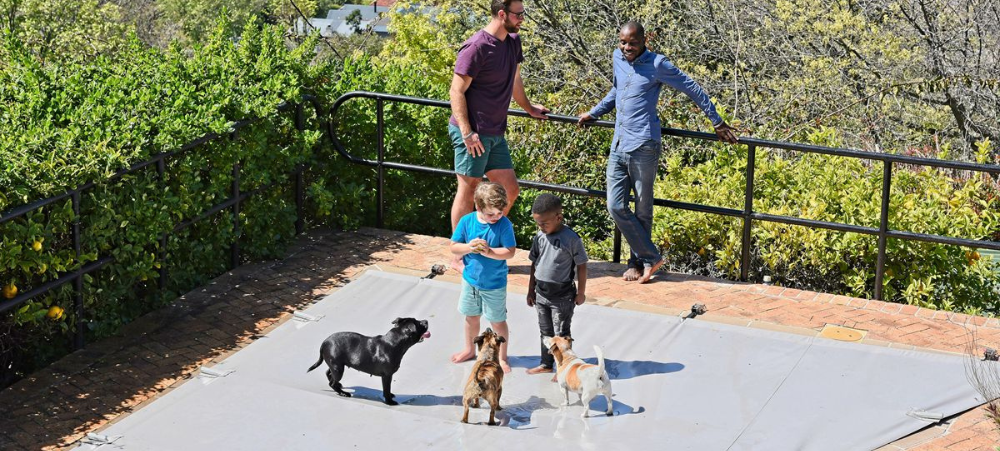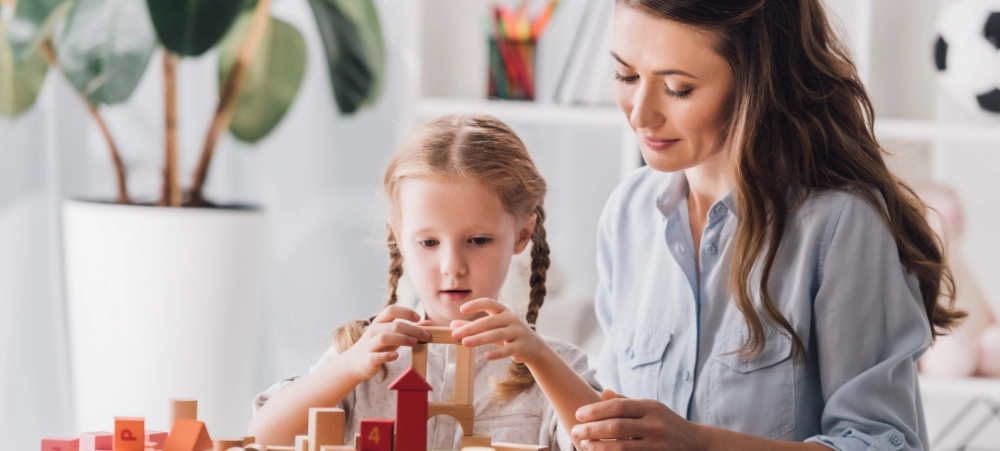Affinity Health explores five simple and practical tips to make handwashing a habit for your children.
“Handwashing may seem mundane, but it’s one of the most effective ways to prevent the spread of illnesses,” says Murray Hewlett, CEO of Affinity Health.
“Teaching your kids proper handwashing techniques is essential for their health and the well-being of your entire family and community”.
Why Proper Handwashing Is Important
The practice of handwashing dates back centuries and has evolved as our understanding of hygiene and disease transmission has grown. Viruses that cause respiratory infections, like the common cold and flu, can survive on surfaces for hours. Regular handwashing reduces the likelihood of touching contaminated surfaces and transferring the virus to your eyes, nose, or mouth.
Proper hand hygiene is also essential for stopping the spread of foodborne illnesses. Handwashing prevents the transfer of bacteria and pathogens from one surface or ingredient to another during food preparation. For example, if you handle raw meat and then touch vegetables without washing your hands, you can contaminate the vegetables with the bacteria from the meat.
How to Encourage Your Child to Wash Their Hands
- Make it Fun with Singing
Kids love to sing, and you can use this to make handwashing enjoyable. You should encourage your children to sing a song while they wash their hands. Teach them to scrub their hands with soap for the duration of the song, which is about 20 seconds.
- Use Visual Aids
Visual aids are a fantastic way to help kids understand the importance of handwashing and the steps involved. You can find posters or videos on the internet that illustrate handwashing.
- Lead by Example
Children often learn best by watching and imitating adults. Be a role model when it comes to handwashing. Demonstrate the proper handwashing technique, emphasising the importance of using soap, scrubbing all parts of the hands, and rinsing thoroughly.
Make handwashing a family affair by doing it together. This will show your kids the right way to wash their hands and reinforce the idea that handwashing is a routine everyone should follow.
- Teach the 5-Step Handwashing Technique
To ensure thorough handwashing, teach your children the five essential step
Wet: Start by wetting their hands with clean, running water. Make sure the water is at a comfortable temperature, not too hot or too cold.
Soap: Apply soap to their hands. Encourage them to use enough soap to create a good lather.
Scrub: Instruct them to rub their hands together vigorously. Ensure they scrub all parts of their hands, including the back, between the fingers, and under the nails. This step should last at least 20 seconds, or as long as it takes to sing “Happy Birthday” twice.
Rinse: Rinse their hands thoroughly under clean, running water. Help them ensure that all soap is washed away.
Dry: Use a clean towel or an air dryer to dry their hands. Remind them not to use a towel that has been used by someone else, as this can transfer germs.
- Reinforce the Why
Explaining the reasons behind handwashing can help children understand its significance. Discuss how germs and bacteria are invisible but can make them sick if they get on their hands and touch their face, eyes, nose, or mouth.
Additional Tips for Effective Handwashing Education
Frequent Reminders: Encourage your children to wash their hands at specific times, such as before eating, after using the toilet, after playing outside, and when they come home from school.
Hand Sanitiser: While soap and water are the best options for handwashing, hand sanitiser can be used when they are unavailable. Teach your children to use hand sanitiser with at least 60% alcohol content and supervise their use.
Practice Regularly: Make handwashing a routine activity.
Positive Reinforcement: Praise your children when they wash their hands properly.
Explain Handwashing After Coughing or Sneezing: Teach your children to cover their mouth and nose with a tissue or their elbow when coughing or sneezing. Afterwards, they should wash their hands to prevent the spread of germs.
We understand that there are many aspects that encompass a Mother, Father or Child and strive toward providing resources and services that accommodates this.
Our content is aimed to inform and educate families on issues starting from pregnancy through to the challenges of the teen-age years.
- Tiny Toons Looniversity Returns: Meet the Voice Behind Plucky and Hamton! - December 12, 2025
- From Pain to Possibility: Panado®’s New Marketing Campaign, Highlights The Joy Of Pain Relief - December 10, 2025
- Feeding Unicorns by Jeni-Anne Campbell: A bold new book for business leaders who care - December 9, 2025





